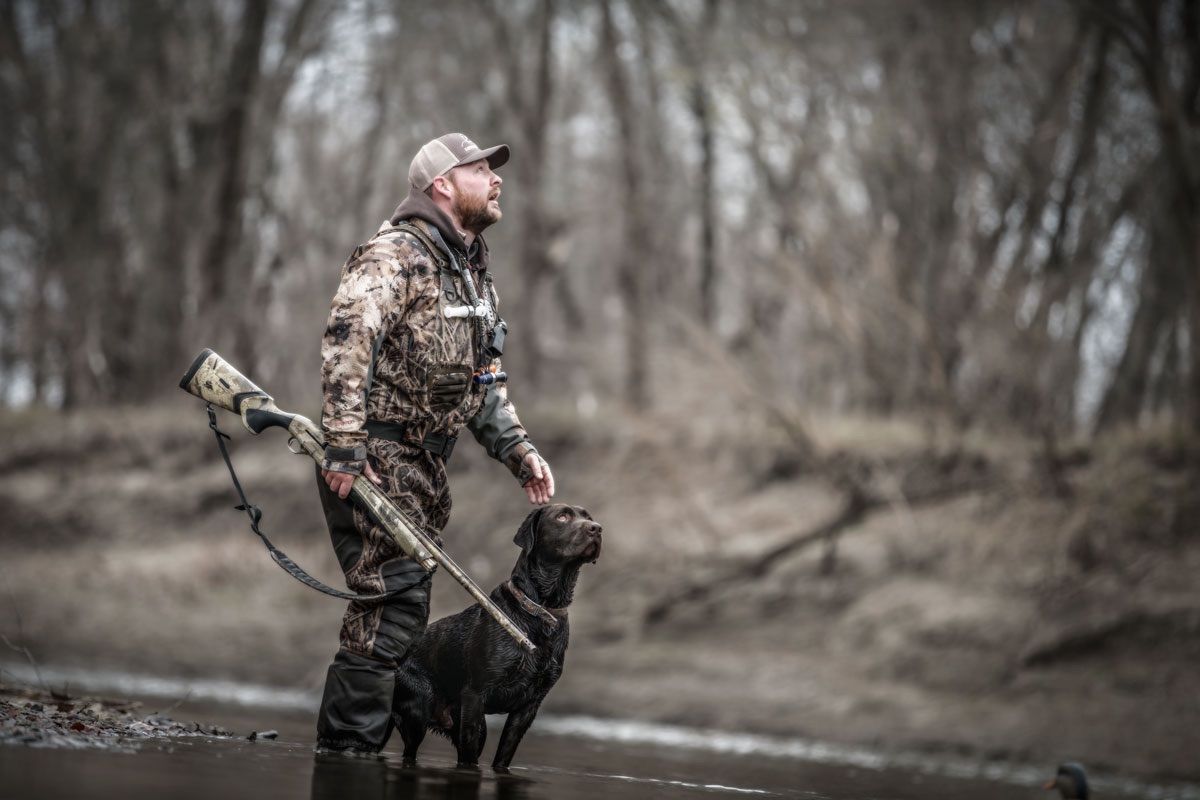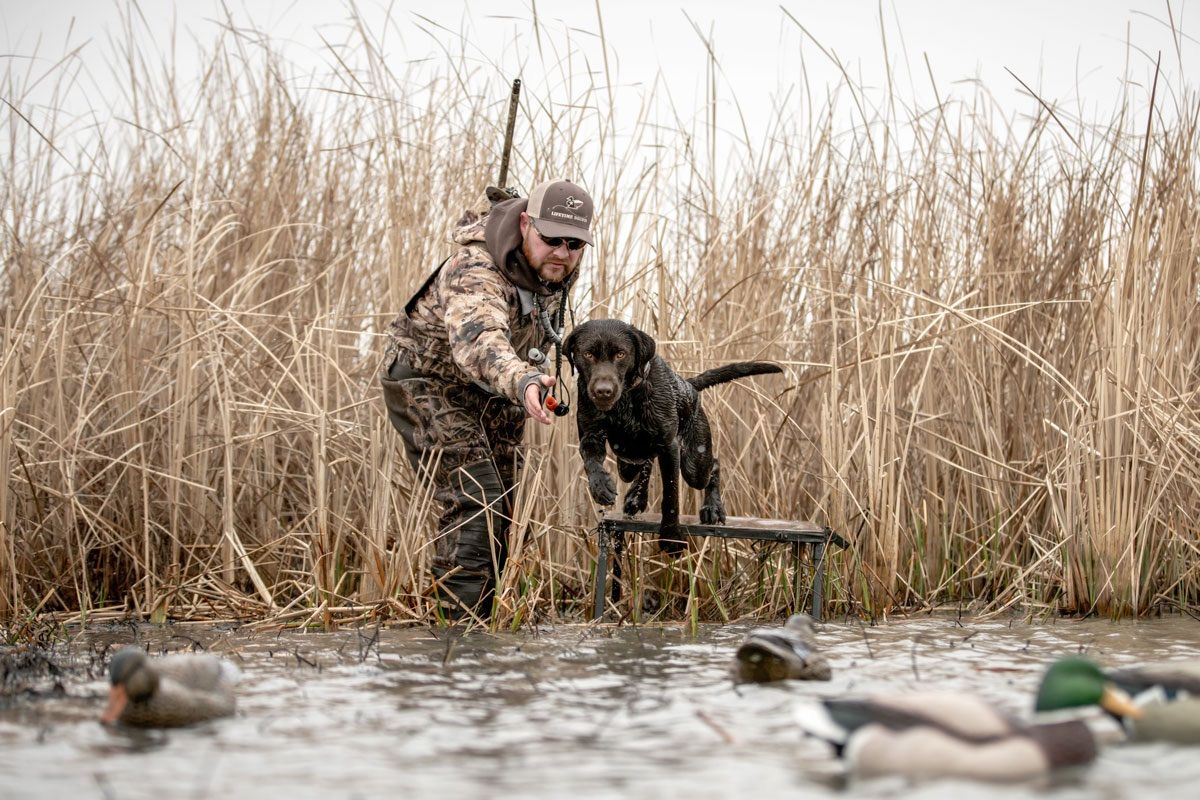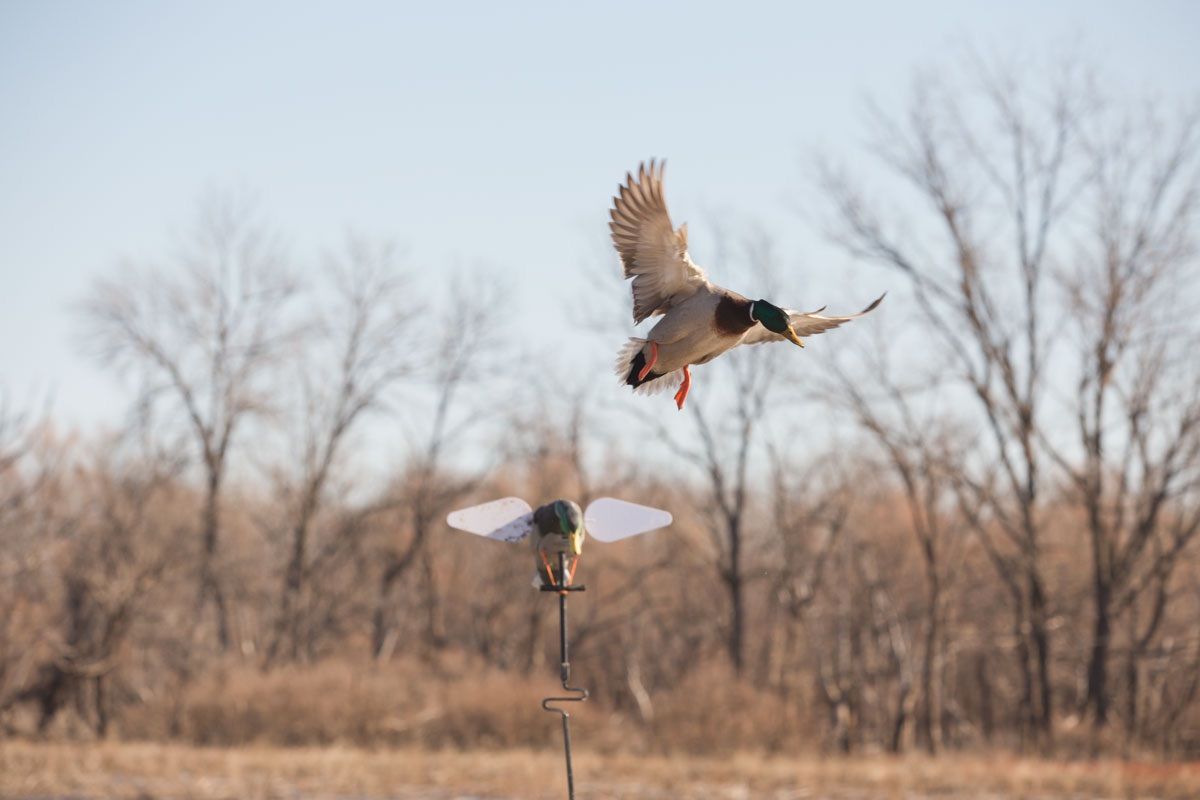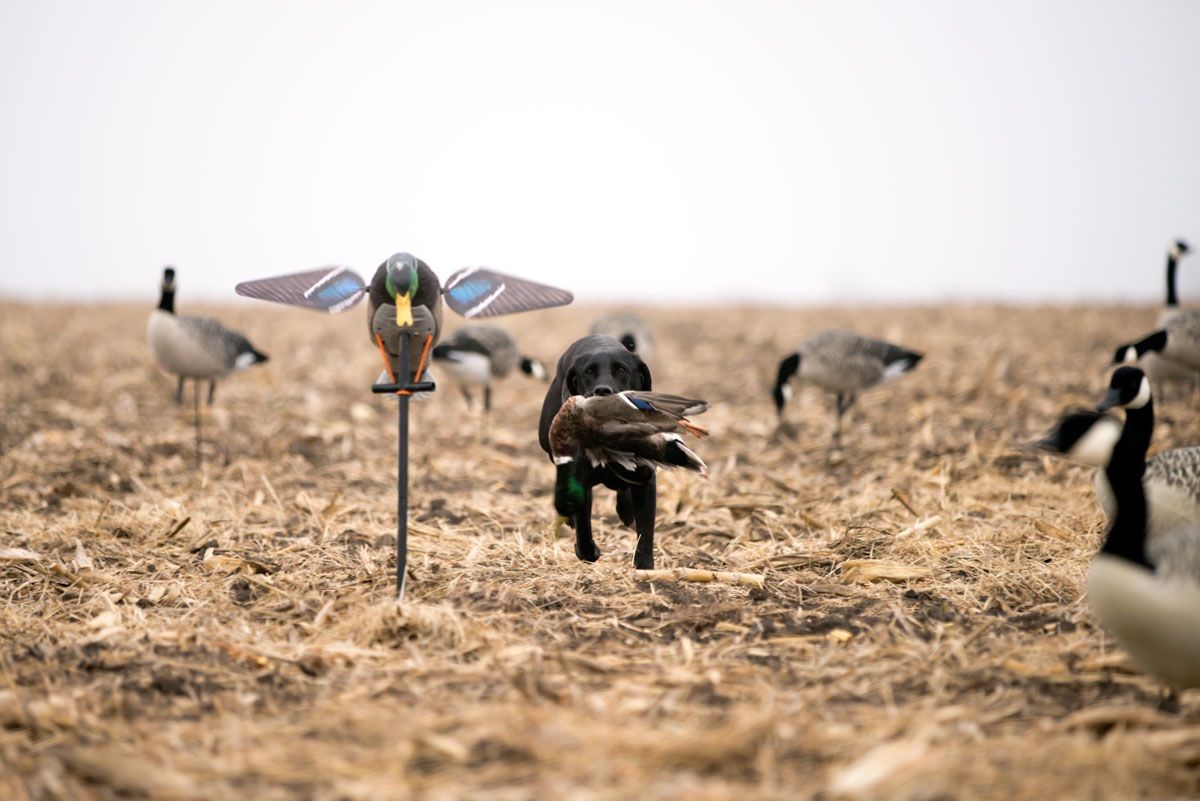Waterfowl Photography
Posted by Aron Boyce on Mar 13th 2020
Like many other activities, waterfowl photography has its own challenges. Following, I will go over what I have found that helps me.
Waterfowl Photography is just like hunting except with a camera and lens! I use the same tactics that I use when I hunt: scout, scout, and scout is the key. Learning when the ducks or geese are active, and document everything you witness (wind, sun, temperatures, and date) this will help you from year to year. I have found that most birds will use the same area from year to year and usually about the same time. This is just the icing on the cake, a lot more goes into it after finding the birds.
Lighting: you will want the wind and sun to your back, but we all know that would be a perfect world. This is where a good blind that you can conceal yourself comes into play. I use the five-foot section of the Lucky Duck 2x4 blind, fully grassed. I position it to my advantage and use an app called “the photographer’s ephemeris” it helps me determine where the sun will come up and gives me the exact angle of lighting, lighting is the most crucial part, it will make or break your photo.
Camera Gear: any DSLR camera will take pictures. You will want to figure out what style of shooting you are wanting to achieve. A DSLR with the longest telephoto lens will work great at a loafing spot. A loafing spot is where the birds are comfortable and swim around. If you are wanting to capture birds in flight you will want a good tripod paired with a gimbal head. Not necessarily needed but definitely helps. Waterfowl Photography can be difficult and frustrating at times, so I hope that you find these tips useful and perhaps you give them a try on your next outing.




